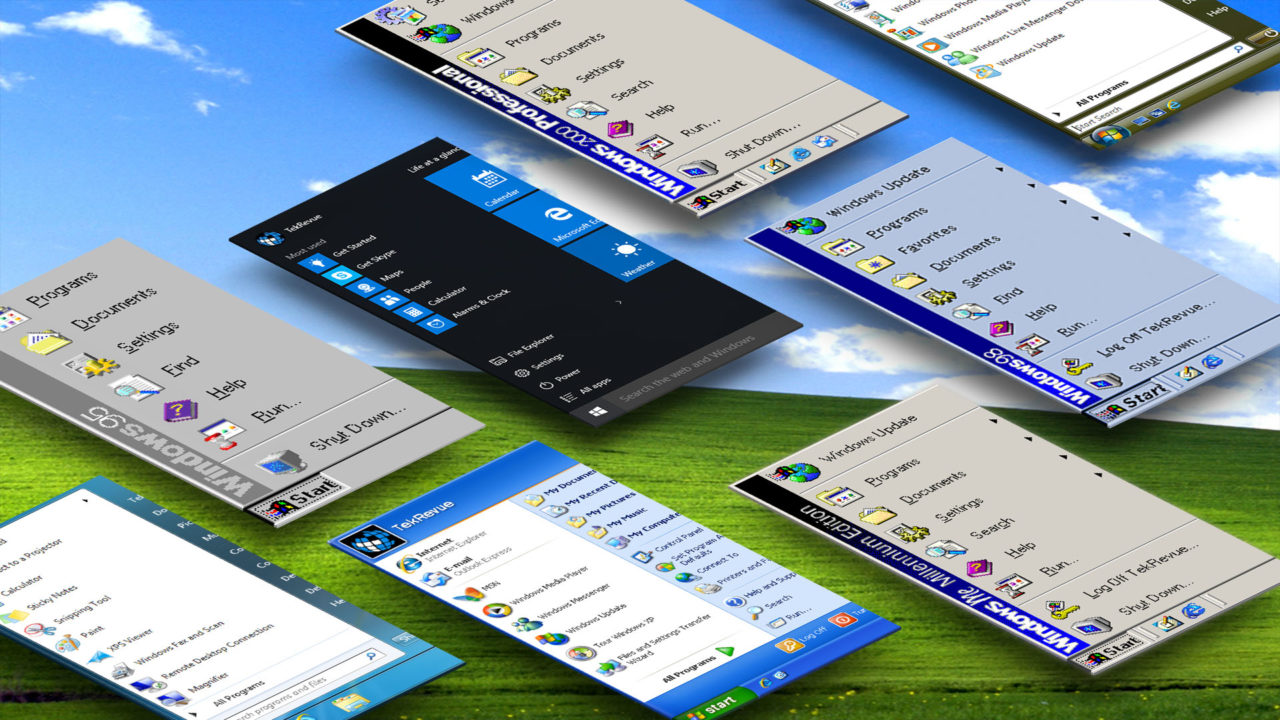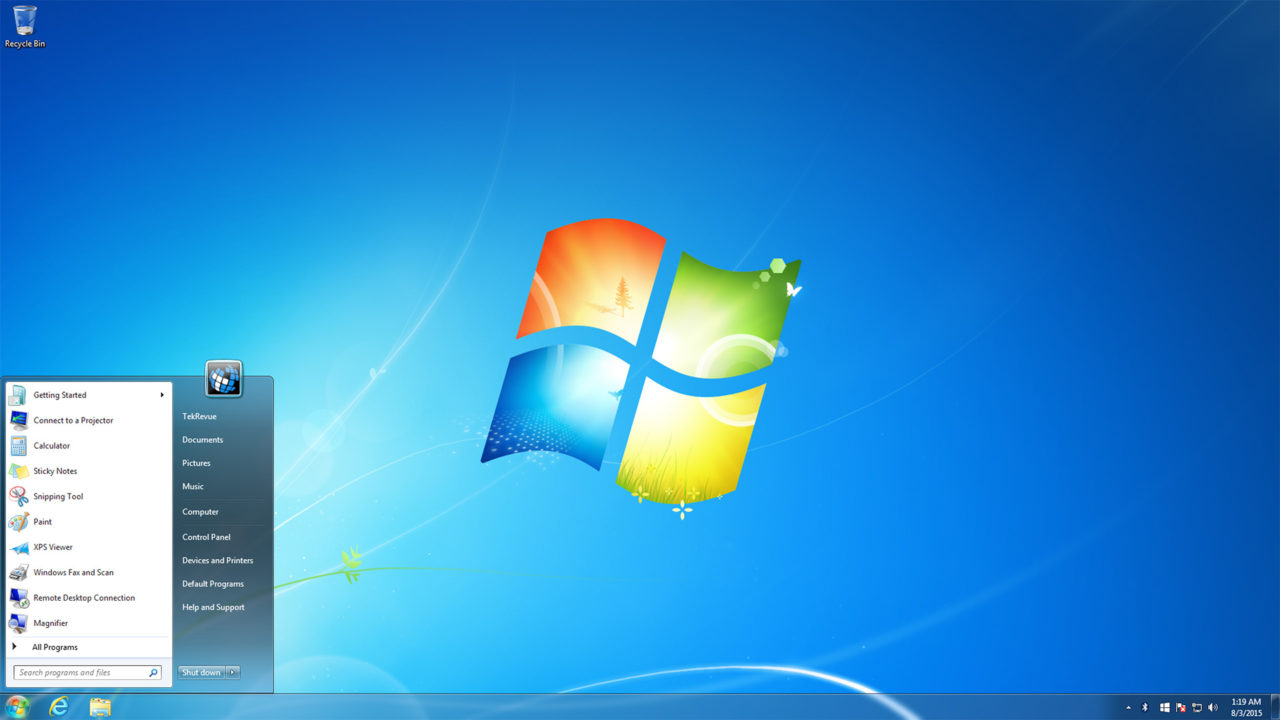The Evolution of the Windows Start Menu: Windows 95 to Windows 10

Windows 7
Codename: Vienna (originally Blackcomb)
General Availability: October 22, 2009
To-date, Windows 7 is second in popularity only to Windows XP. The operating system represented a major refinement of the new features introduced in Vista, but with a focus on performance and stability. Significantly faster overall, Windows 7 also sought to fix the compatibility issues that plagued Vista via improved compatibility modes and even the inclusion of a completely virtualized copy of Windows XP for running legacy applications. Window and application management was improved thanks to better organization of taskbar items, live previews of minimized programs, and new gestures such as “Aero Shake” and “Aero Snap.”
Users were free to customize their desktop with slide-show based themes, desktop gadgets that were no longer confined to the sidebar, and window color and opacity options. When it came to file and data management, users could create and manage “Libraries,” which were virtual folders that aggregated user-defined content from multiple locations, and then easily set up home network sharing via HomeGroup.
Under the hood technical improvements included built-in support for a variety of popular video and audio codecs, dynamic firewall profiles, virtual hard disks, and support for then-emerging technologies like solid state drives and biometric authentication.
The Windows 7 Start Menu, too, was tweaked from both a performance and design perspective. The layout and function of the Windows 7 Start Menu was virtually identical to that found in Vista, but in keeping with the rest of the operating system, the Start Menu took on the cleaner overall appearance of the rest of Windows 7, with slightly faster searches and menus.
Windows 7 ran better on most hardware than did Windows Vista, supported virtually all of the latest consumer technologies, and still maintained the familiar “traditional” Windows Start Menu and desktop-based interface, all of which combined to make it the most popular version of Windows currently in use, with just over 60 percent of the worldwide operating system marketshare as of the release of Windows 10.
[one_half padding=”0 5px 20px 0″]
1. Introduction
2. Windows 95
3. Windows 98
4. Windows 2000 Professional
5. Windows ME
[/one_half]
[one_half_last padding=”0 0px 20px 5px”]
6. Windows XP
7. Windows Vista
8. Windows 7
9. Windows 8.1
10. Windows 10
[/one_half_last]

















3 thoughts on “The Evolution of the Windows Start Menu: Windows 95 to Windows 10”
Krystle of
pirate bay